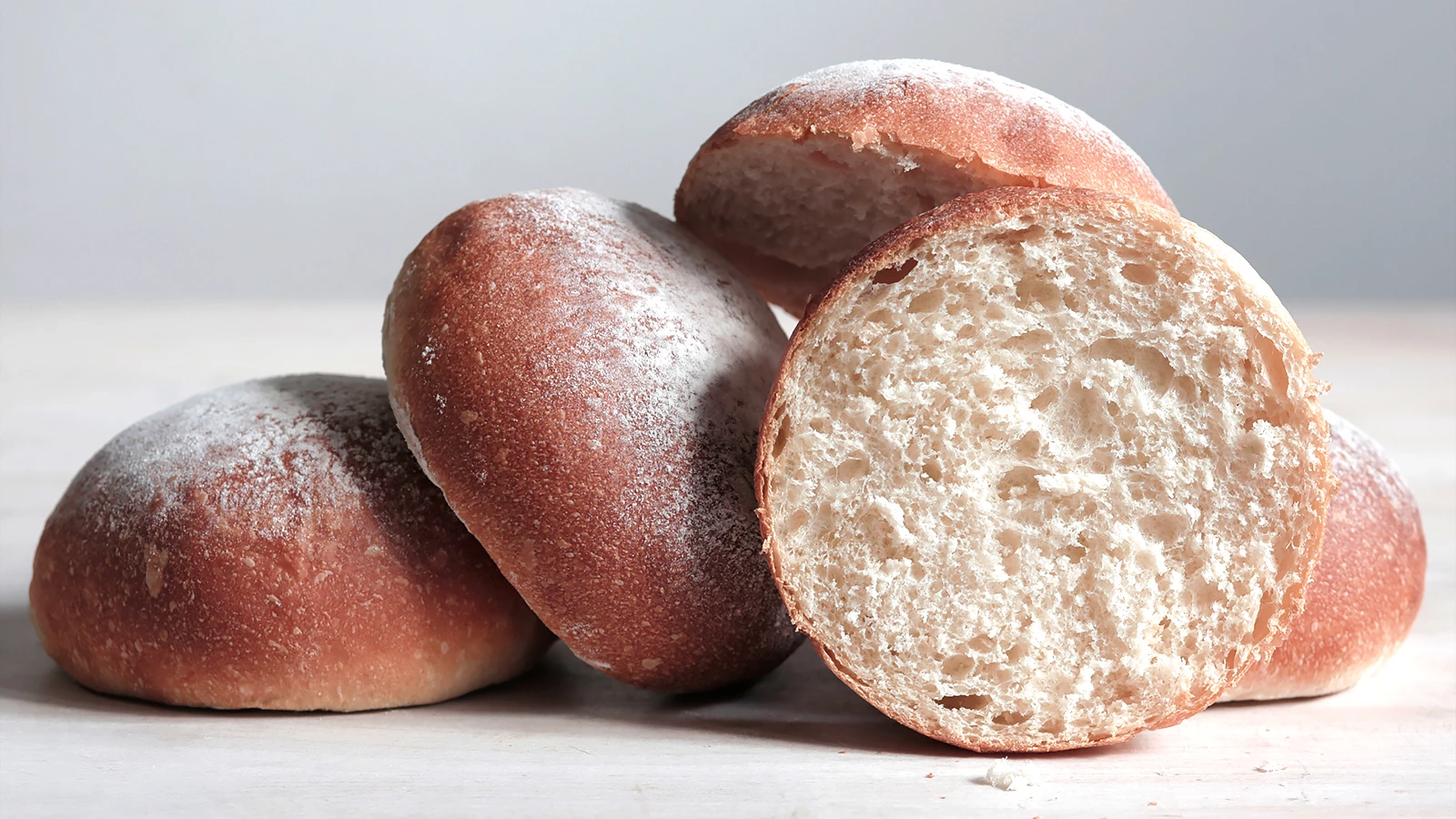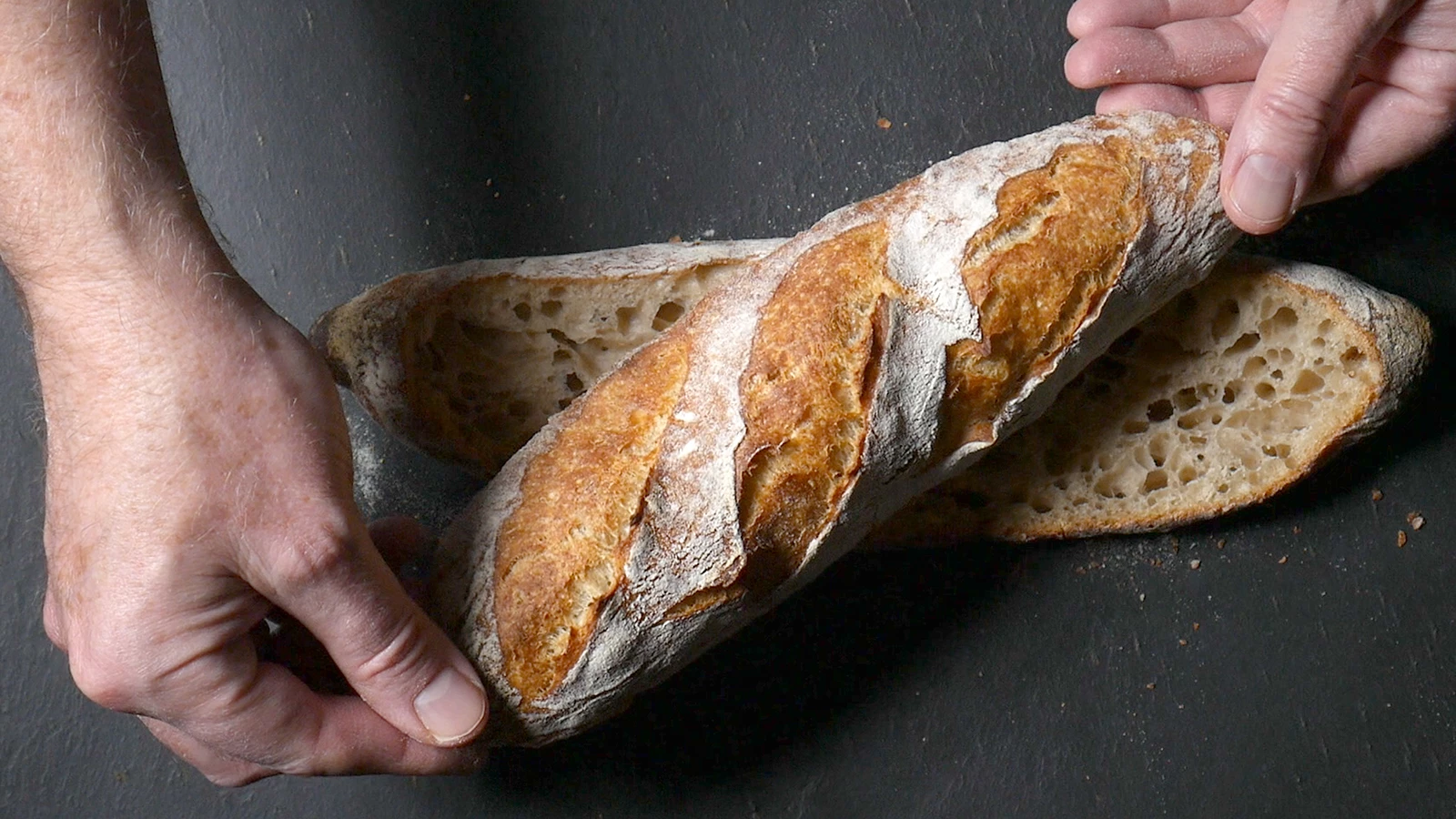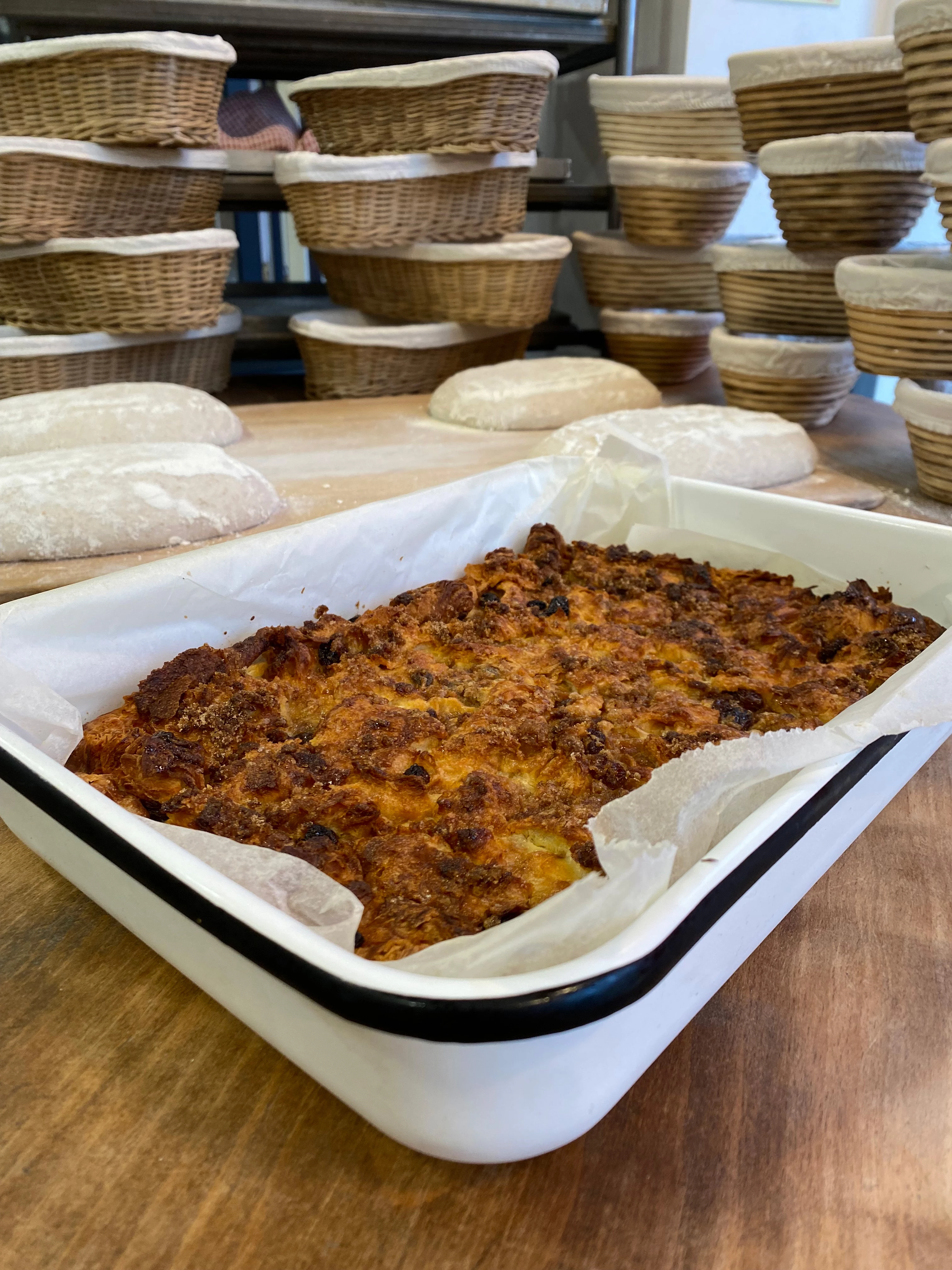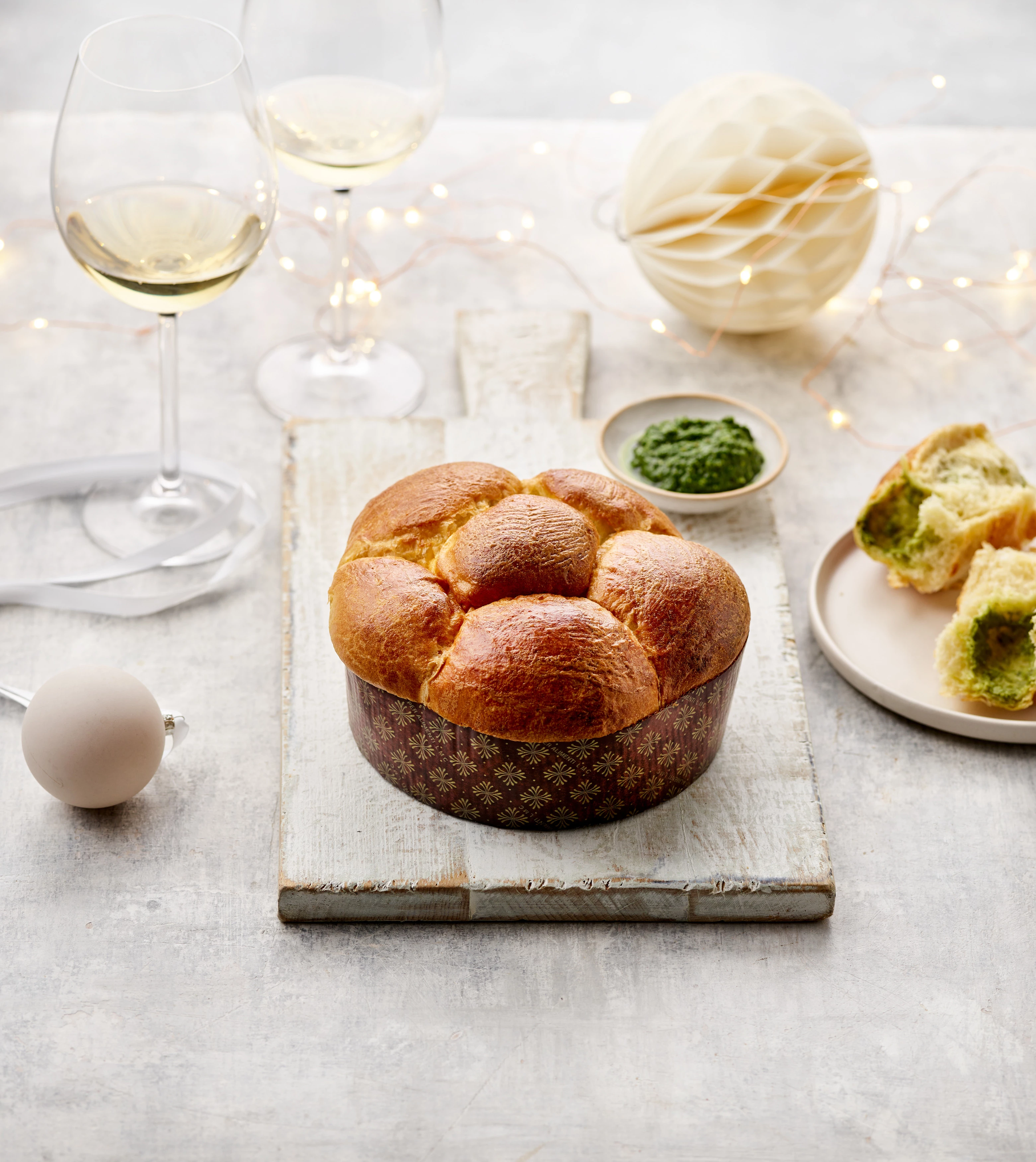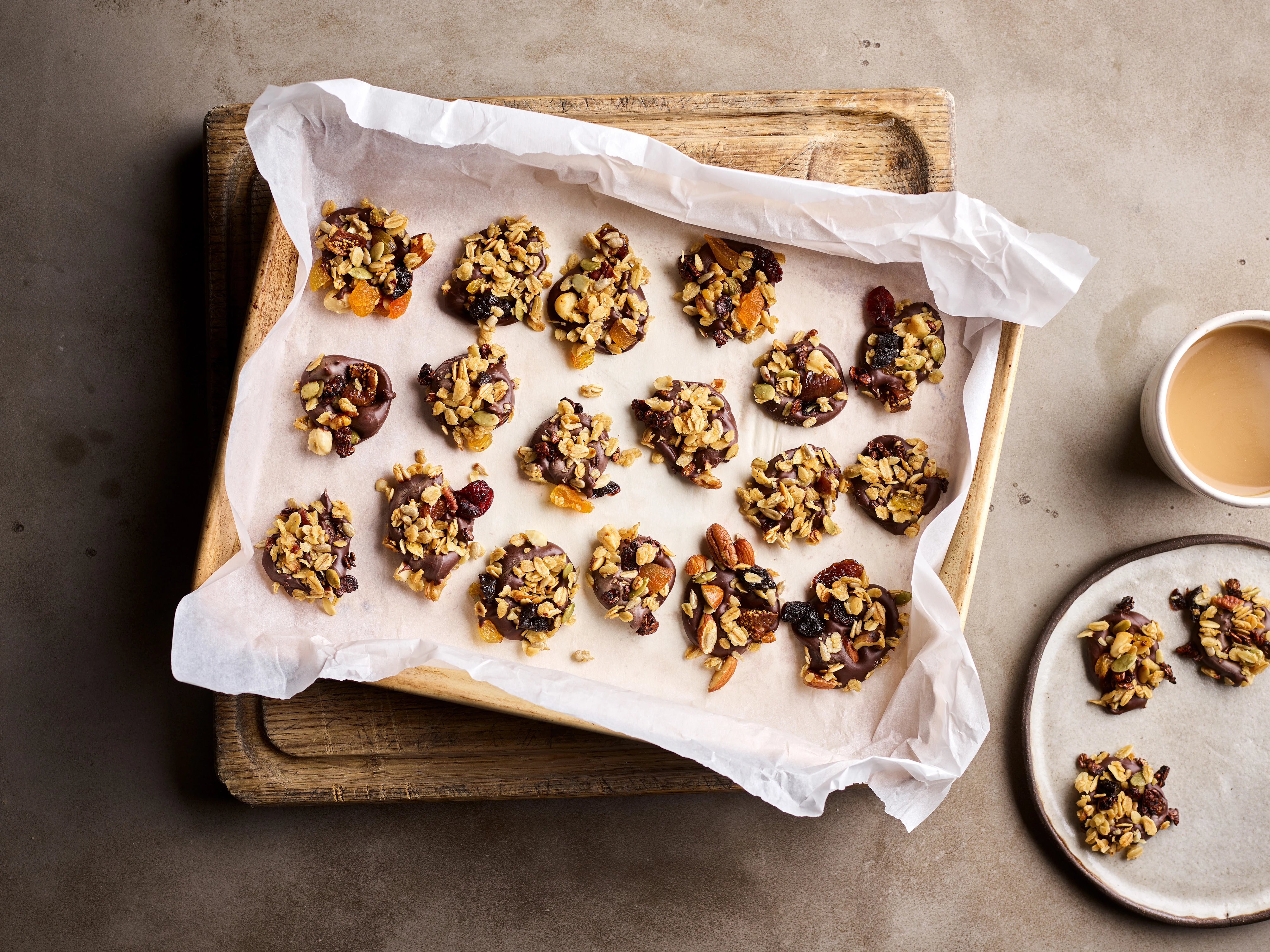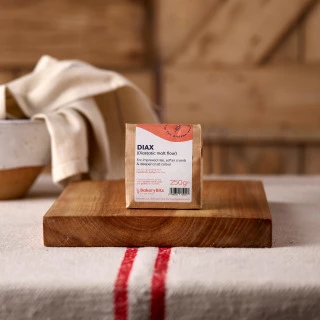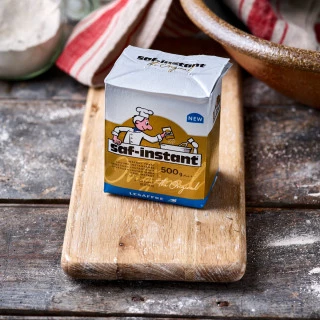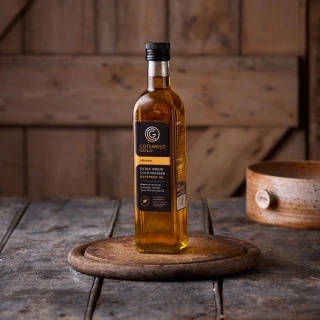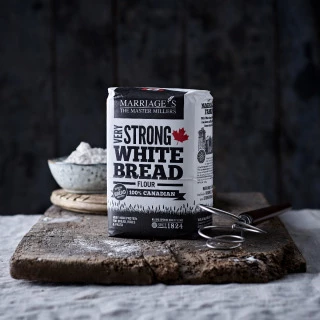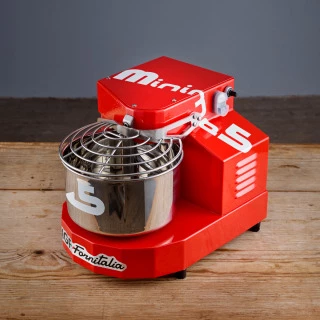There are times when want the heartiest, chewy, jaw-aching crust on my bread with a slightly waxy, vaguely dense crumb (open-texture optional), but other times…well, I like bread a little more insubstantial.
In a world once filled with cotton-wool bread, in days gone by (ok, the 1990s), I used to long for the sturdy muscle of a great sourdough, laced with rye and wholewheat and felt sad that it was back-then almost impossible to find.
But today, every railway arch is a new artisan bakery, every loaf is sourdough, all the flour is stone-milled and every slice a substantial bite. And like the contrary guy I am, I now long for fluff. Bread that you almost forget you’ve eaten, that disappears in softness. And it’s when I eat a bread roll, like a Scots morning roll, a breakfast bap, a burger bun, I like it to disappear around the filling. Hold everything in place but not cause too much chewing.
Tricks and tips for softer, fluffier bread
This is a personal list of ways to “improve” the crumb and crust on your bread, typically to make it softer, lighter, and less substantial. When you look at the ingredients on the back of shop-bough bread buns you read all sorts of seemly scary terms but often they’re harmless, and even have simple substitutes in the home or bakery kitchen that rely on the same science to achieve a similar result.
Flour: trust our millers
The basic rule is: roller-milled white wheat flour gives you the lightest crumb, while stone-milled wholemeal wheat flour gives you crumb. This is because steel rollers turn the wheat grain into super-fine powder, that can potentially create a very smooth dough that will hold gas extremely well, if the flour contains the best balance and quality of proteins. When you see the word "Canadian" on a flour packet, that’s bakers’ shorthand for “very high protein flour” rather than a general description of provenance. My choice is Matthews 100% Canadian, and Marriage's Very Strong 100% Canadian. But don’t overlook stoneground flours, as you’ll need flavour in there too. In any 100% white flour bun recipe you can just replace 10%-15% of the Canadian flour with stoneground to improve the flavour without any loss in lightness . Here I like to use stoneground spelt or wholewheat flour to match the wheat flavour of the roller-milled white.
Malted barley flour
Ideally, for a soft crust you want the oven temperature high but the baking time short. Now in order to get a great crust colour it helps if there is some malted flour in the dough as these will help the buns colour very quickly in the oven. Malted flour is essentially sprouted grains that have been dried, toasted until golden, and ground to a powder. The botanical magic that happens during the sprouting process enables the seedling to convert starch in the grain through an enzymic process into simple sugars. So when these seedlings are toasted you get a delicious malt flavour and colour (dependent on how light or dark the malted grains have been roasted). But also, and this is down to the skill of the maltster, the malted flour can have the enzymes still intact, or deactivated through the roasting process. Malt with active enzymes, like BakeryBits Diax, is able to speed the rising time as well as give the crust a good colour in the oven.
Sugar & Honey
Much like malt in its basic action. Other than adding sweetness to the crumb and, in small amounts, helping the loaf to rise, sugar can also help give the crust extra colour and, in the case of dark brown sugars, add some colour to the crumb too.
Fat & oil
A small about of butter, say 8g for 100g flour, together with 4g oil for 100g flour, will give you a combination of a light butter flavour and a crumb that will stay soft at room temperature thanks to the oil. Add it after the mixing when the dough is smooth and elastic, as the fat can interfere with the development of gluten if it’s added at the start. Meaning you buns won’t be as light and fluffy as they could be.
Acidity
The sourer your bun dough is, the firmer the crumb will be. However, complex acidic ingredients like sourdough, whey and yoghurt also heighten the flavour of dough. So, use a little, but not too much. Try 20g yoghurt per 100g flour, or 15g sourdough for 100g flour in combination with yeast, for a good rise and light texture.
The magic of an egg
Though the terms “dough improver” and “emulsifier” strike fear in the hearts of the worried-well, it’s often less scary when you know what it is. There’s a substance called lecithin, E-322, that helps the dough to rise and stretch, and you can add it at home just by adding egg yolk to your dough. Adding egg white will make the dough more stable as it rises, less likely to collapse, giving you buns that feel more soft and bouncy. So add egg to your mix for a natural bun dough improver and emulsifier.
Cooked starch
In both Taiwanese/Chinese and Japanese baking a complex beautiful craft has evolved using flour cooked to different temperatures. In Britain, especially in England and Scotland potatoes were steamed or baked and added to the dough. In both cases the added cooked starch would hold moisture in the crumb after baking and help to give a “long-life” softness to the crumb. Adding 20% cooked potato to the flour weight in a recipe will help you get a softer crumb, and also add a subtle but delicious potato flavour. Here on the website we have recipes using 湯種 Tāng zhǒng or water-roux to bread dough.
Japanese-style milk, cream and honey bread
Yeast
A good plan if you’re wanting soft light-textured bread is the keep the rising time brisk and short (and the reverse is true if you want a crumb that’s heartier and firmer). But sometimes other ingredients like sugar and cooked starches can slow the rising time. So a yeast that works well with sugar is one I’d recommend, and LeSaffre Saf-Gold Instant Osmotolerant Yeast is very good. Otherwise look at adding more yeast to your recipe.

